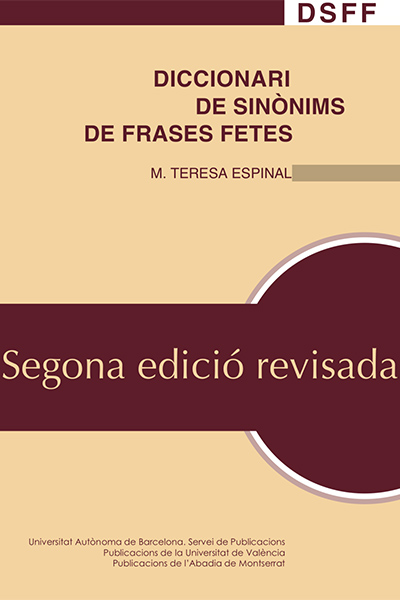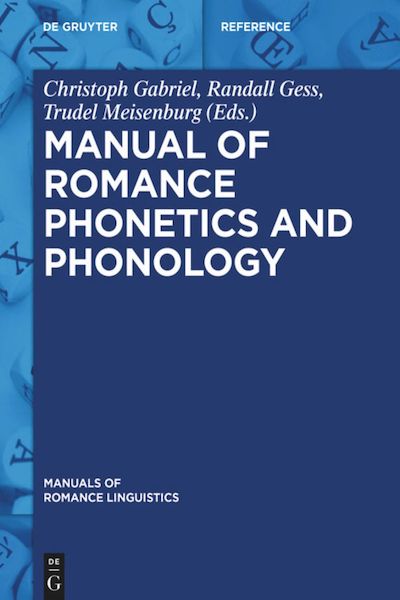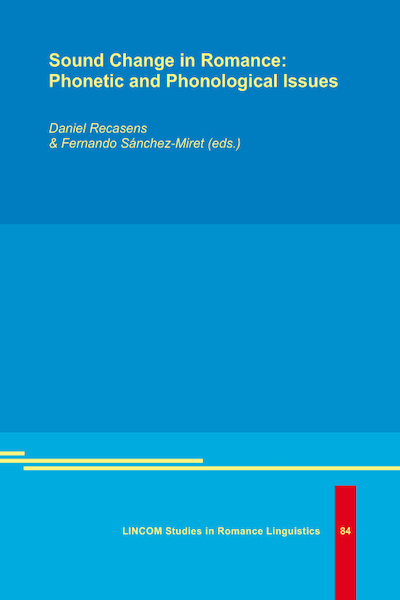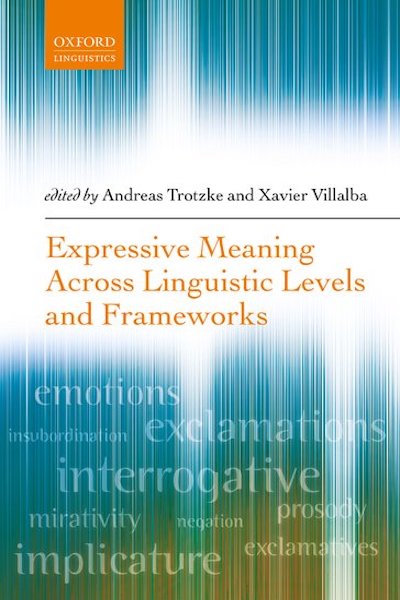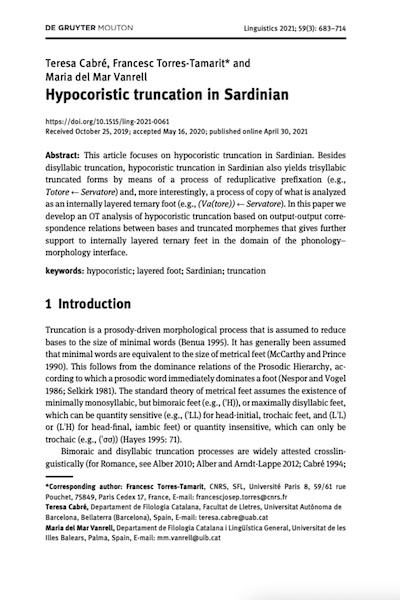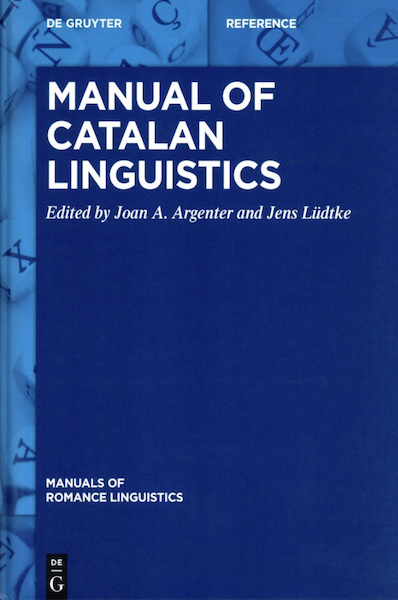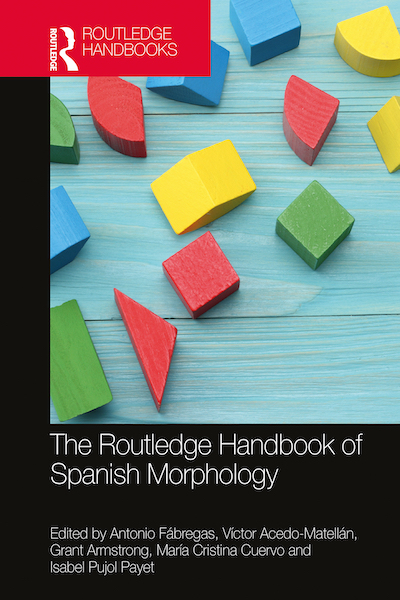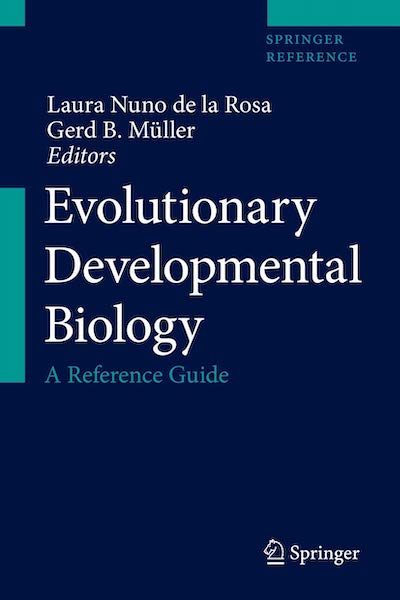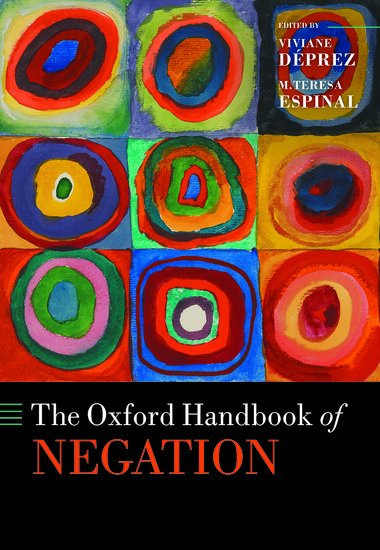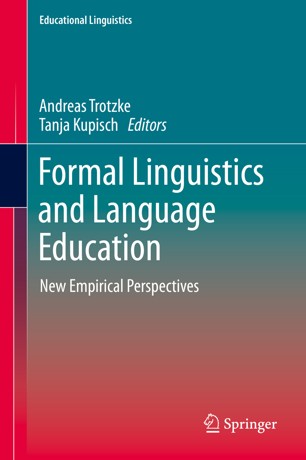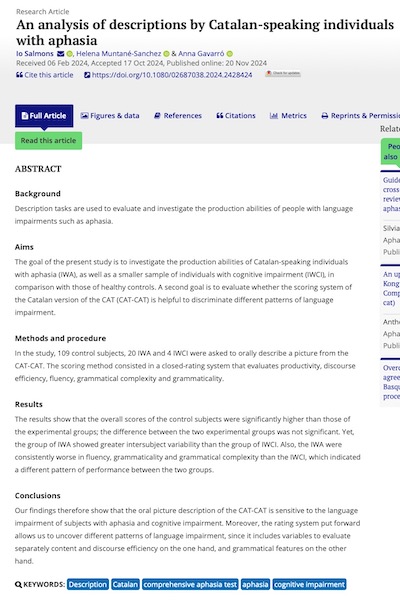
Autors:
Salmons, Muntané-Sanchez, & GavarróTítol:
An analysis of descriptions by Catalan-speaking individuals with aphasiaEditorial: Aphasiology
Data de publicació: 20-11-2024
Més informació
Background
Description tasks are used to evaluate and investigate the production abilities of people with language impairments such as aphasia.Aims
The goal of the present study is to investigate the production abilities of Catalan-speaking individuals with aphasia (IWA), as well as a smaller sample of individuals with cognitive impairment (IWCI), in comparison with those of healthy controls. A second goal is to evaluate whether the scoring system of the Catalan version of the CAT (CAT-CAT) is helpful to discriminate different patterns of language impairment.Methods and procedure
In the study, 109 control subjects, 20 IWA and 4 IWCI were asked to orally describe a picture from the CAT-CAT. The scoring method consisted in a closed-rating system that evaluates productivity, discourse efficiency, fluency, grammatical complexity and grammaticality.Results
The results show that the overall scores of the control subjects were significantly higher than those of the experimental groups; the difference between the two experimental groups was not significant. Yet, the group of IWA showed greater intersubject variability than the group of IWCI. Also, the IWA were consistently worse in fluency, grammaticality and grammatical complexity than the IWCI, which indicated a different pattern of performance between the two groups.Conclusions
Our findings therefore show that the oral picture description of the CAT-CAT is sensitive to the language impairment of subjects with aphasia and cognitive impairment. Moreover, the rating system put forward allows us to uncover different patterns of language impairment, since it includes variables to evaluate separately content and discourse efficiency on the one hand, and grammatical features on the other hand.

